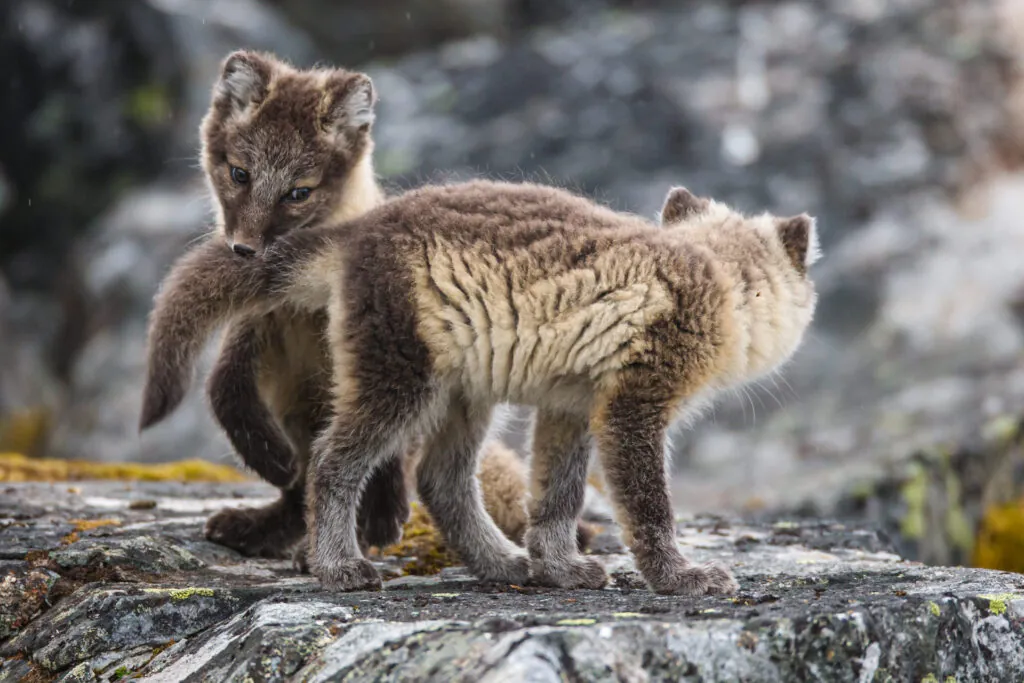Svalbard Seasons
Svalbard seasons timing
We are often asked the questions, “When should I go to Svalbard?” and “When is the best time up there?”. Depending on exactly what the person would like to see, we sometimes can give them an idea or help answer that question. Having been there many times, we love the low season in Svalbard, March, April and September. The most important reason for that is the magical light at that time and the exceptional feeling of the cold and the frozen High Arctic. The pristine snow covered and icy landscapes are magnificent in March and April. In September we have the amazing autumn colors in some special places and the opportunity to see and photograph the ice as the rivers and streams start to freeze again. Svalbard seasons vary and each season has its own drama.
From winter to autumn seasons
To explain to you about the seasons and the differences, I will show you some images and videos explaining how the conditions are and what time of the year it is photographed. In general, everything is about what you personally want to experience. If you have never been to Svalbard, I would recommend you go there during the summer season from May to middle of August. This is the time of year when you can see the most wildlife. The bird migration begins growing in May and the birds will stay until the beginning of August. The big whales will be more common to see from June through to August. Possible sightings include Blue Whales, Humpback Whales, Fin Whales and Bowhead Whales. The Minky Whales and Belugas can be seen even earlier.
Our expeditions in Svalbard range from March to late September. We have done winter expeditions using snowmobiles, but in the future, we will do the winter expeditions by ship. All other expeditions will be done by ship where we depart from Longyearbyen and return to Longyearbyen. The ice conditions vary from year to year. It is impossible to tell how each season will be
Svalbard seasons - Winter
The winter season gives you the real feeling of the High Arctic, and it ranges from March to late April. The earlier in March it is, the more spectacular weather and light conditions will be. There is a higher risk of really bad weather this early in the year, which we will need to consider as we plan these early expeditions. For the wildlife sightings during March and April we have huge areas of frozen ice to search. The fjords are frozen, which gives us the possibility to search for wildlife such as Polar Bears, Seals, Walruses and maybe Arctic Foxes hunting or resting near the ice edges. This is normal behaviour for these species. The ice edge, wether it is the fjord ice or the drift ice, it is a good place to search. More detailed information about an upcoming Svalbard winter expedition here.
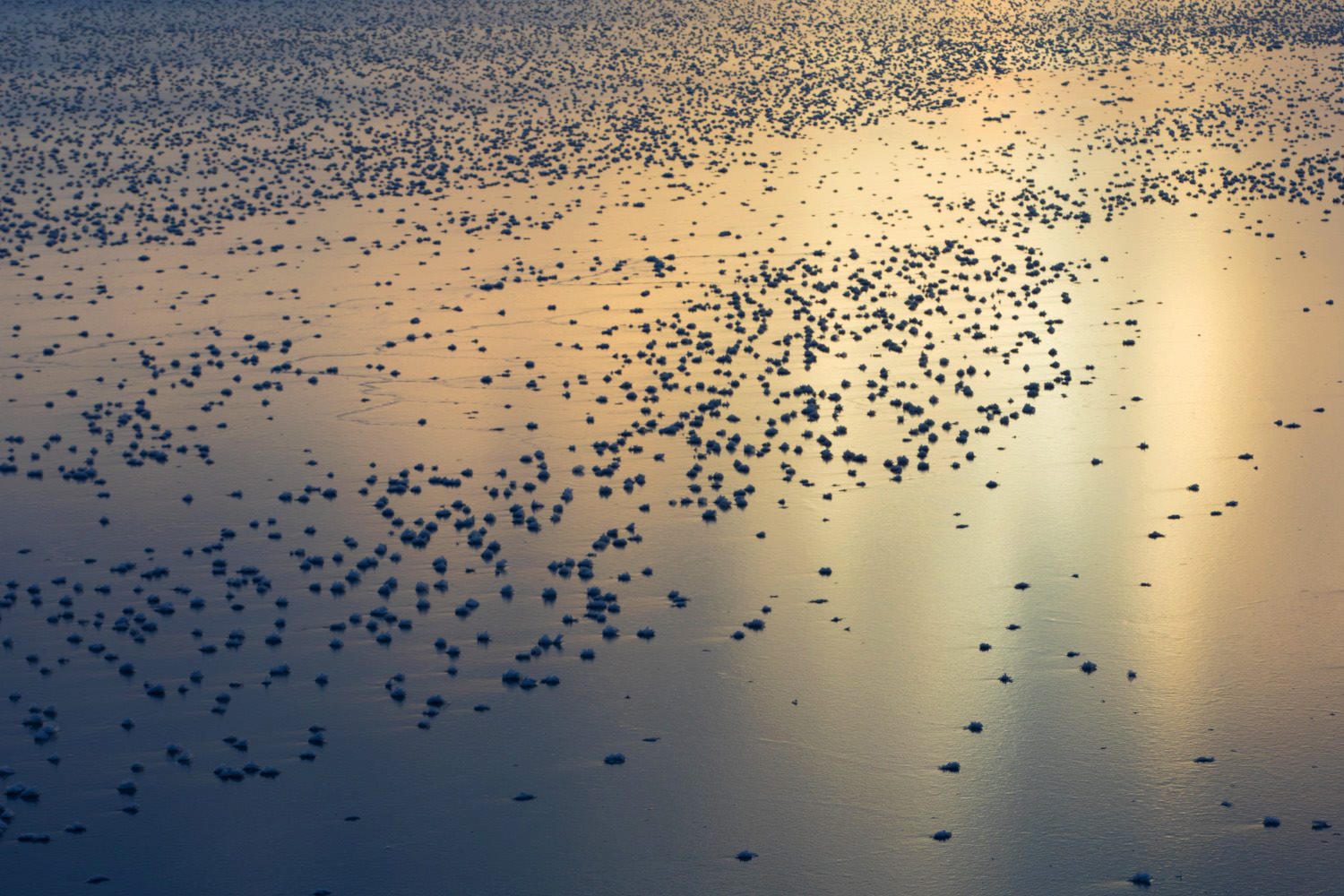
Spectacular light and challenging weather
The vast areas of ice will also be a challenge for us because the animals we search for might be far out on the ice. So far that it is not possible for us to reach it. If a Polar Bear is seen out on the fjord ice, we will sometimes choose to wait for it and see if it could come closer. If it is the right individual they might come all the way to our ship.
Weather conditions during the Svalbard seasons of winter months can be challenging. If we are on-board a ship, we may choose to seek shelter in a fjord if it is bad weather and we have the possibility for it. Bad weather can also create some spectacular situations in the light conditions, which is something we also look for.
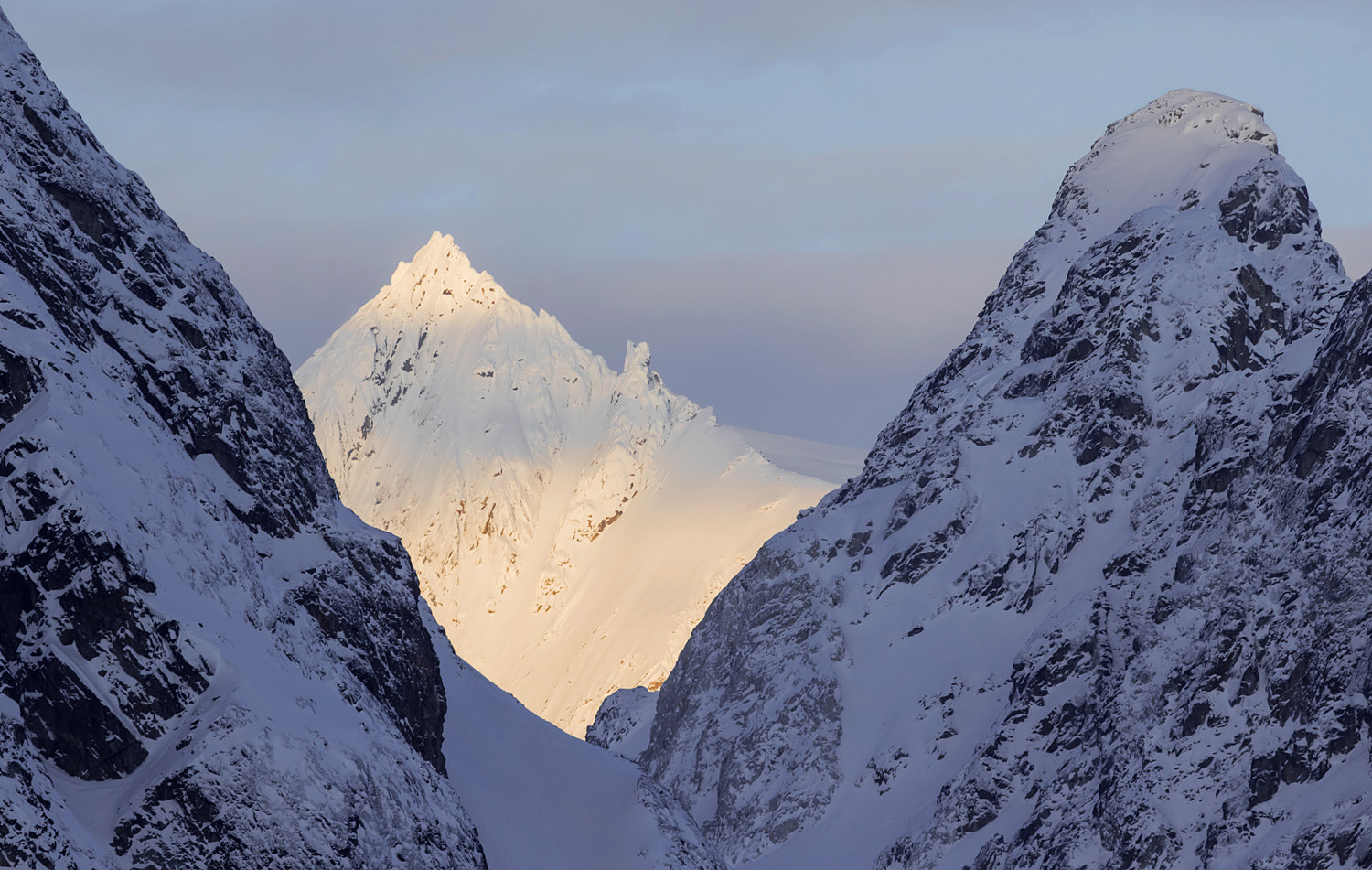
Svalbard seasons. Spring.
The spring will mainly be considered from late April and May. The midnight sun will give 24 hours of daylight to the High Arctic areas from April twentieth. This changes the light conditions to be more bright light for 24 hours a day. During the nights the sun will be low on sky and the light will be better for photography but it will still be bright. Clouds on the sky will help when we do photography. In midday the light conditions will be difficult to do good photography in.
On the other hand, we have a lot more wildlife to watch. The birds are coming from the south and migrate to the north. Flocks of birds fly by our ship and create stunning situations for photographing them. The nesting places are already occupied by birds waiting for their nesting time. The ice on the fjords melt and the vast, ice covered fjords will be reduced making it easier to find the wildlife. The landscapes will be beautiful covered by white snow and in some places ice. Even to the north the drift ice can start to open up so it is possible to reach more remote areas than we can in April. May is considered as a month where the weather is great.
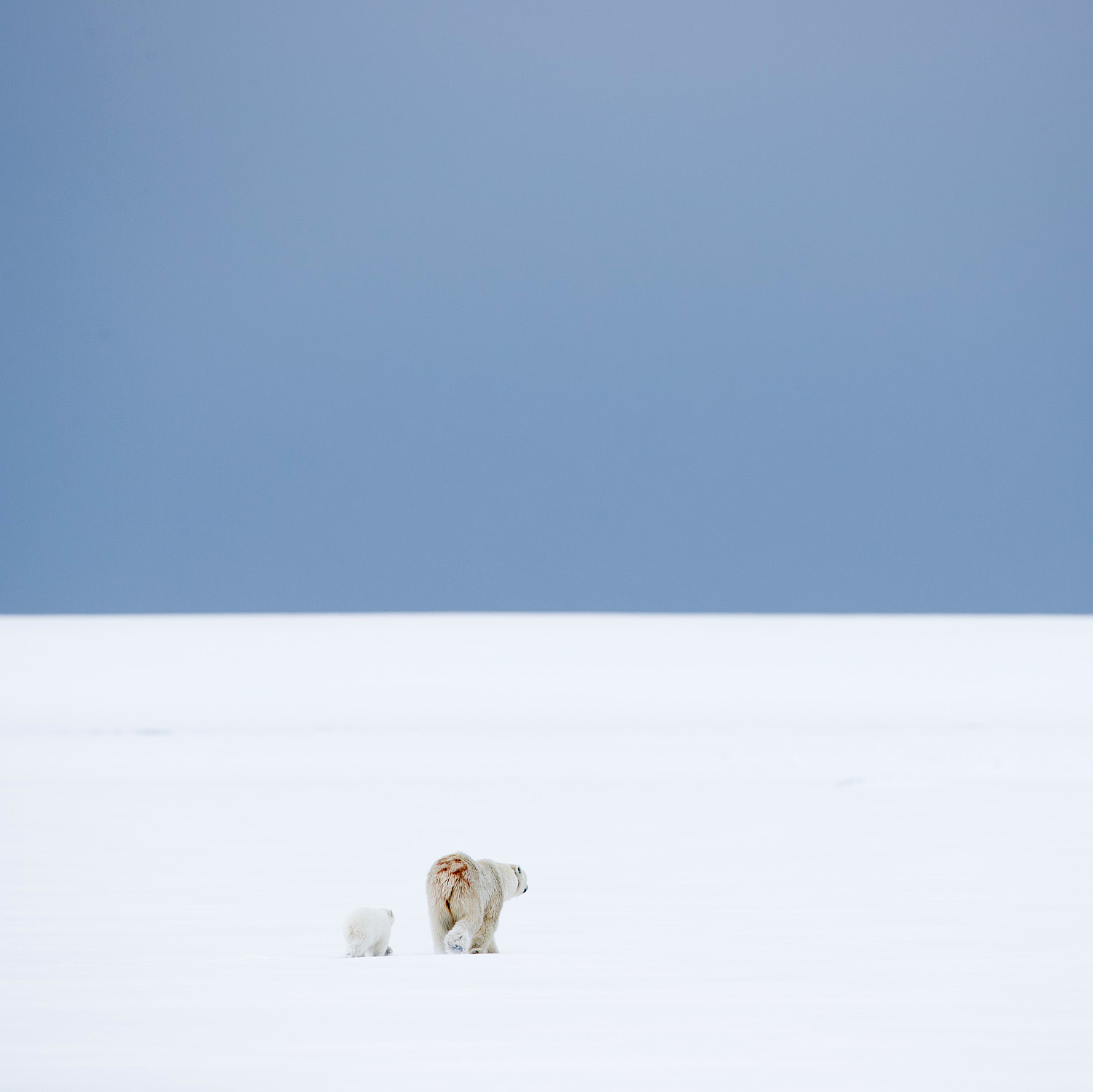
Svalbard seasons. Early summer.
I would consider this as all of June. This month is a great month to go. You will have all the wildlife accessible, only some of the big whales can still be difficult to find. The fjords are opening up, but near the inner parts and the glaciers we still will find some ice. This is a great place for the wildlife to hunt and rest. To the north and east of Svalbard the drift ice is breaking up and starts drifting around.
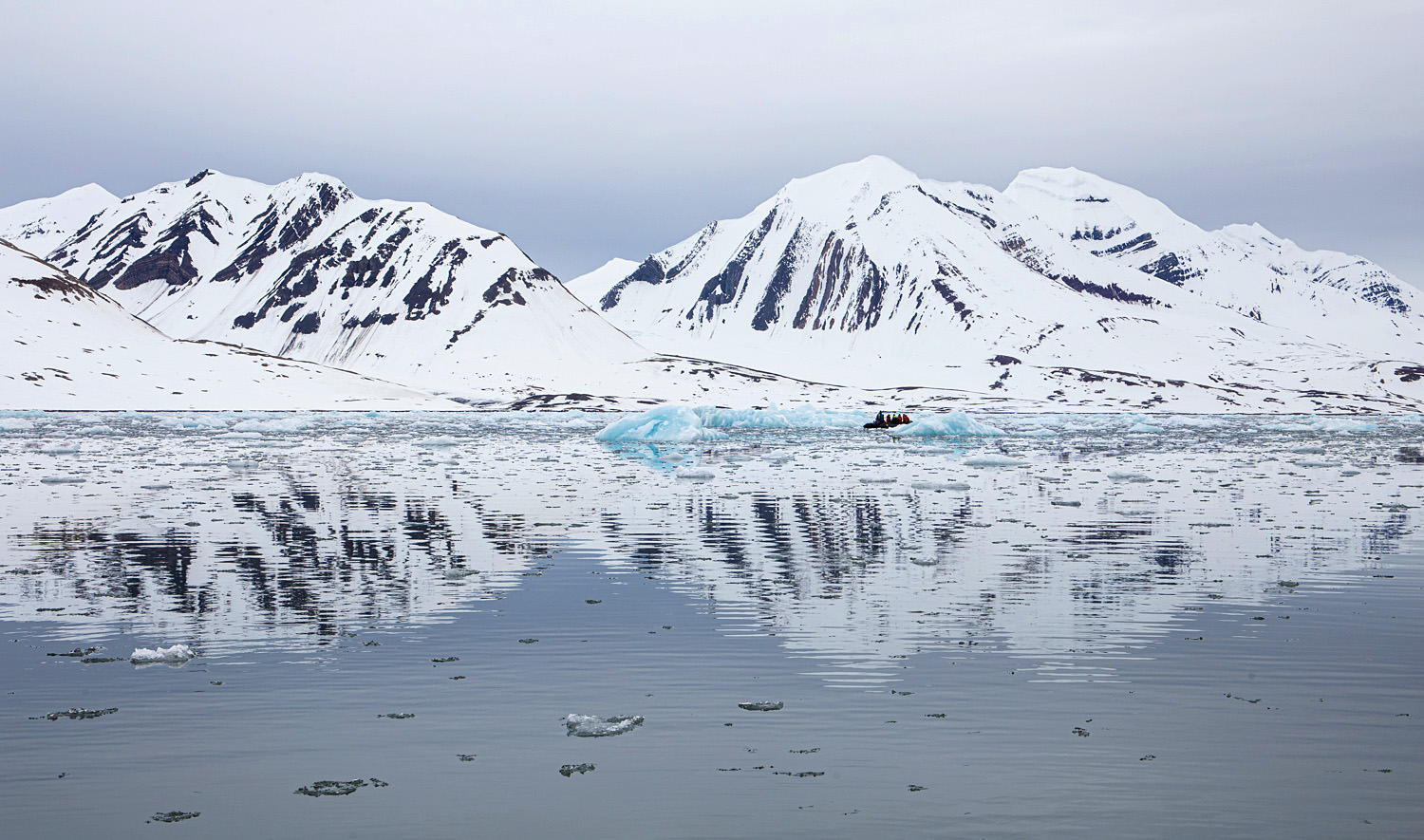
Polar Bear migration
Some of it melts and the wildlife start to migrate to the north-east. Polar Bears are known to follow the phase of the melting ice. Sailing in the drift ice and the fjords at this time can give a lot of encounters with wildlife.
The landscapes and the sky are fantastic at this time too. The sky has patterns reflected from the drift ice. It is amazing sometimes and gives a lot of possibilities for fantastic images. The very remote areas in some past years have been accessible at this time, in other years it was still too early, it varies each year.
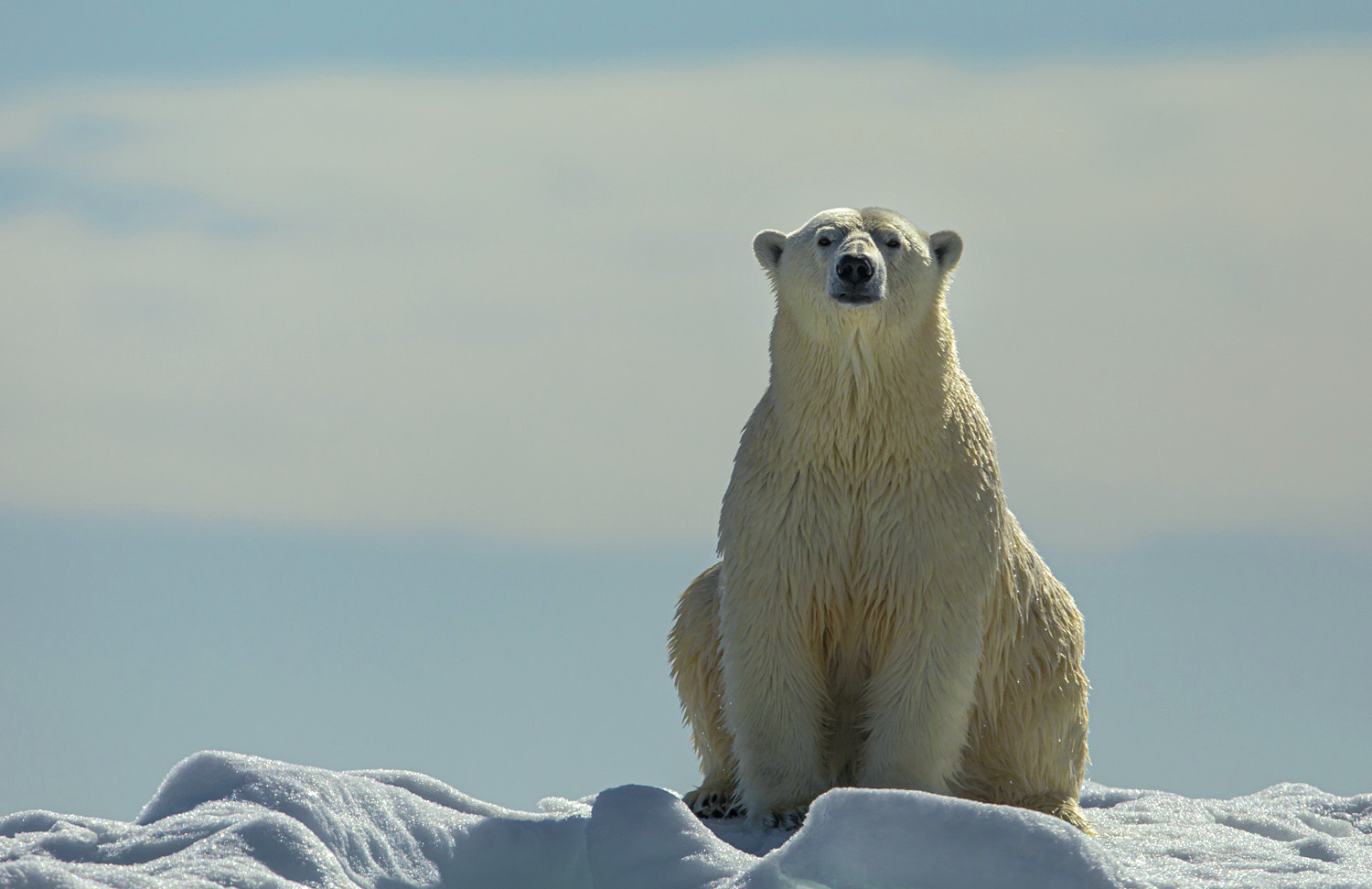
Svalbard seasons. High summer.
July and most of August is considered to be high summer, or at least until the middle of August. In late August the light is starting to change quickly and offers more interesting and magical light opportunities. In July and the beginning of August we will have 24 hours of daylight. This time of the season is considered to be the best time to see Polar Bears and the big Whales. Other wildlife will be Walruses, Seals, Foxes and a lot of birdlife. It is truly a great time to travel in Svalbard. In July and August we usually reach the drift ice edge far north. We can also expect to reach the Seven Islands far north and even Storøya far east. In some previous years we have circumnavigated the North-Eastland at this time of the year. You will find more information about an upcoming expedition in July by clicking here.

Visiting the drift ice
The glaciers and drift ice will be melting fast now, and the fjord ice will probably be totally gone. If you want to get close to the huge glacier Bråsvellbreen at the southern parts of the North-Eastland this is the time to go. There you can see the many waterfalls coming from the melting glacier. Many Walrus colonies are now accessible and we try to do as many landings to watch those amazing animals closely. The drift ice will be reachable and this is a good time of the year to visit the areas up north and far east.

Svalbard seasons. Late summer and autumn.
This will be during late August and September which is time when the amazing autumn light returns. The melting of the ice and glaciers slows down in September and the autumn colours will be overwhelming some places. To find the best colours we need to think about where we
set course. To far north and east is mostly grey rocks and mountains. Along the west coast of Spitsbergen and to the south of the islands the colours are better. It is definitly worth spending some time on that. Photographing some landscapes by using a drone will be great. You will find more information about an autumn expedition by clicking here.
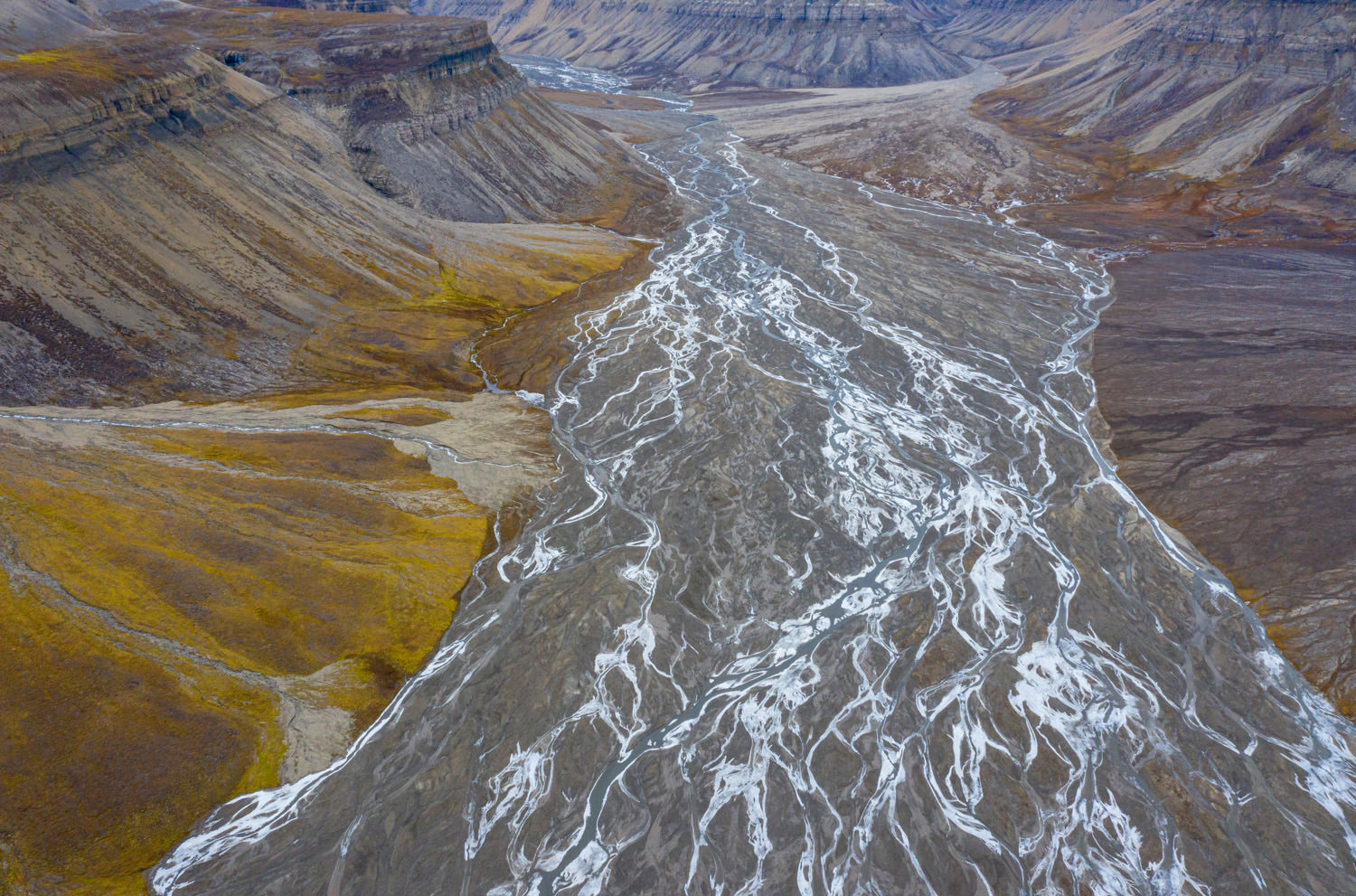
Some Polar Bears slow down in late September
The wildlife will still be good in late August and beginning of September, and the light more interesting. The birds have migrated to the south from middle of August, only a few species will still remain. The most remote places as Kvitøya and the far east areas of the drift ice will be possible to reach most years. Circumnavigating the North-Eastland will be possible most years if we choose to do so. In late September, after the fifthteenth, several places with restrictions for landings in summer will be possible to visit. An example is Moffen. To visit the Walrus colony there in late September is spectacular if we plan it according to a sunset or sunrise. The Polar Bears will be sleepy because it is more difficult to hunt. Only the Polar Bears that still roam the drift ice will be hunting and active as usual. We will always go for the drift ice also at this time of the year, only really bad weather will prevent us from spending time there. The weather can be more unpredictable in late September but not necessarily that bad. We have had several really good trips in late September many times.
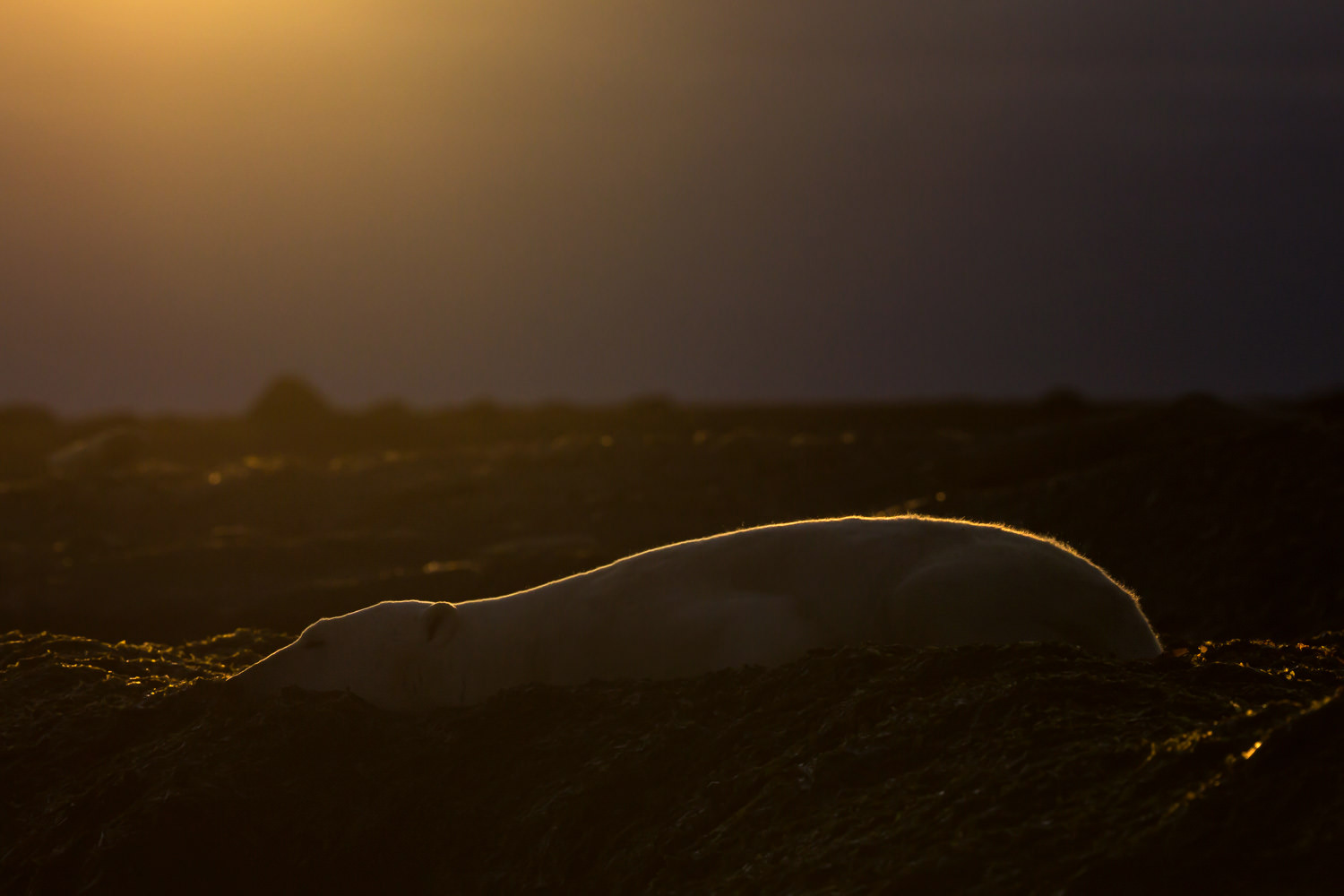
Svalbard seasons summary
Svalbard is a variety in wildlife, landscapes, light, temperatures and weather, you need to see it at different times of the year. Please do not hesitate to contact us by email if you want more details regarding the different seasons: contact@arcticwildlifetours.com
You can also contact our guides and travel leaders on svein@arcticwildlifetours.com or jens@arcticwildlifetours.com

Upcoming Svalbard tours

Into the drift ice
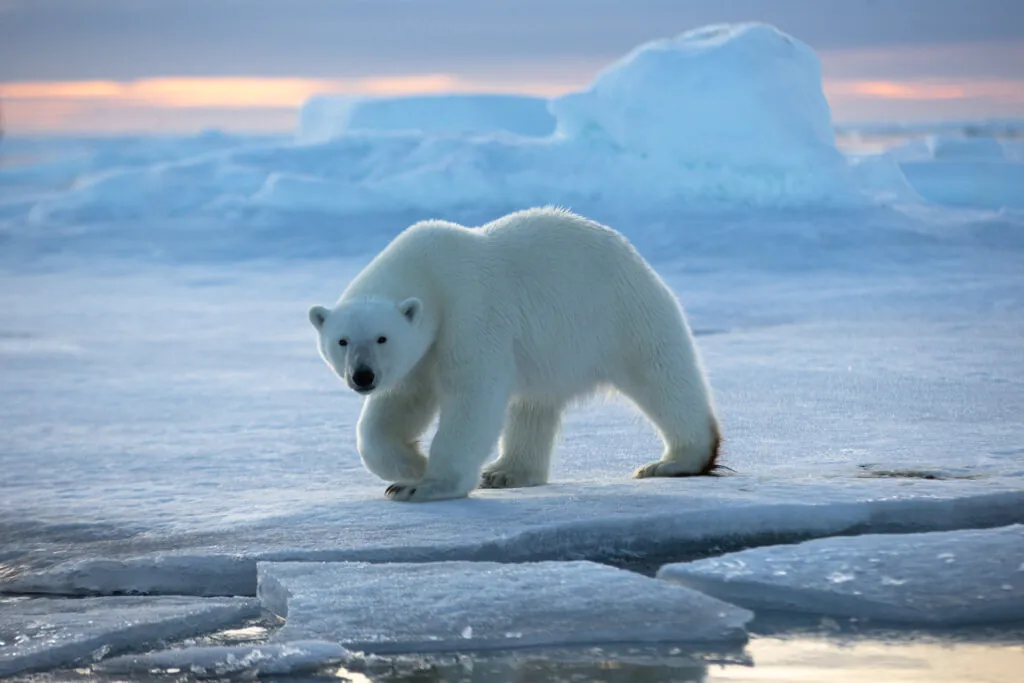
Into the pack ice
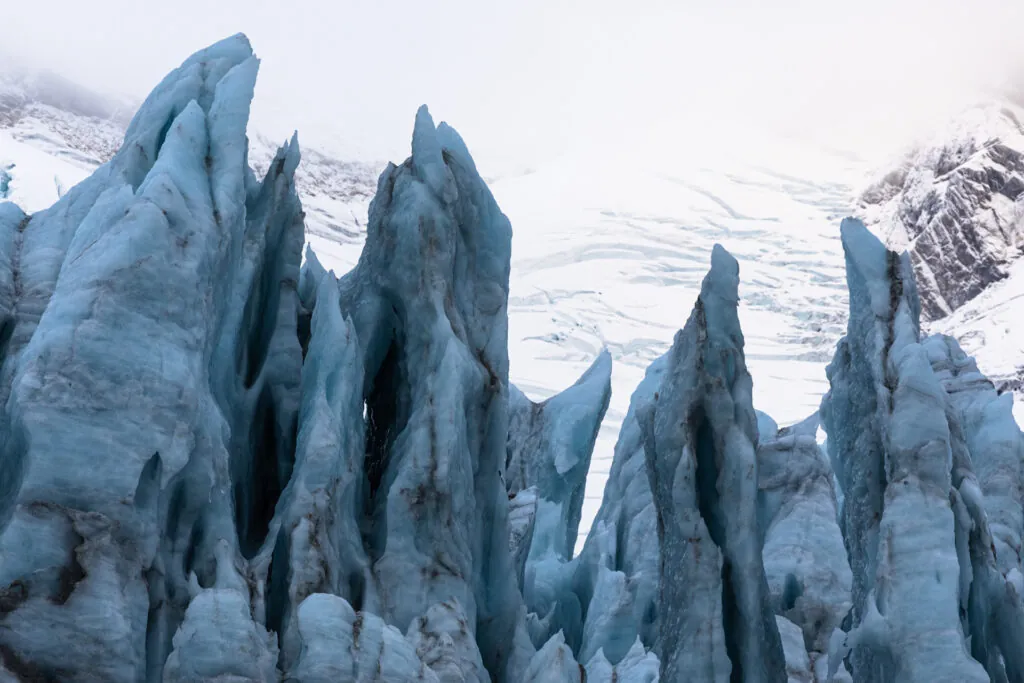
Late August wildlife expedition

Late Autumn expedition
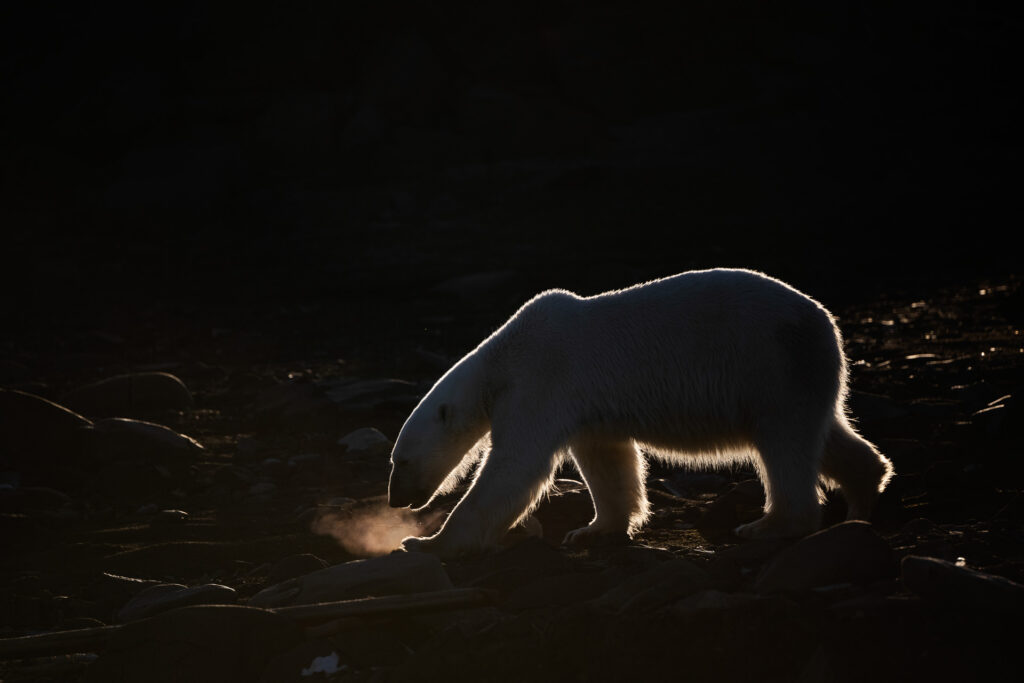
Svalbard extreme late Autumn Expedition

Svalbard winter landscapes
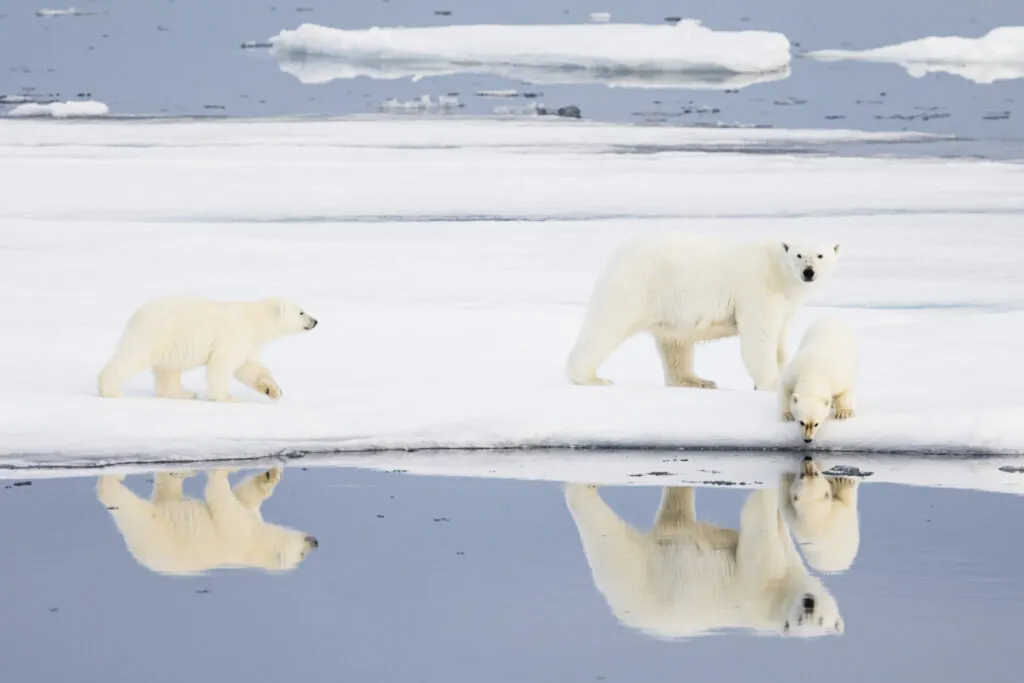
Pack Ice expedition Svalbard
